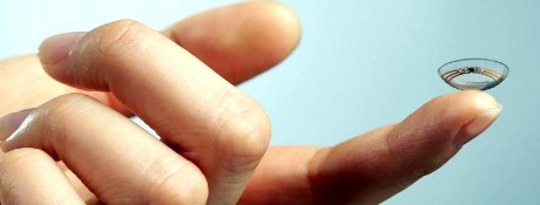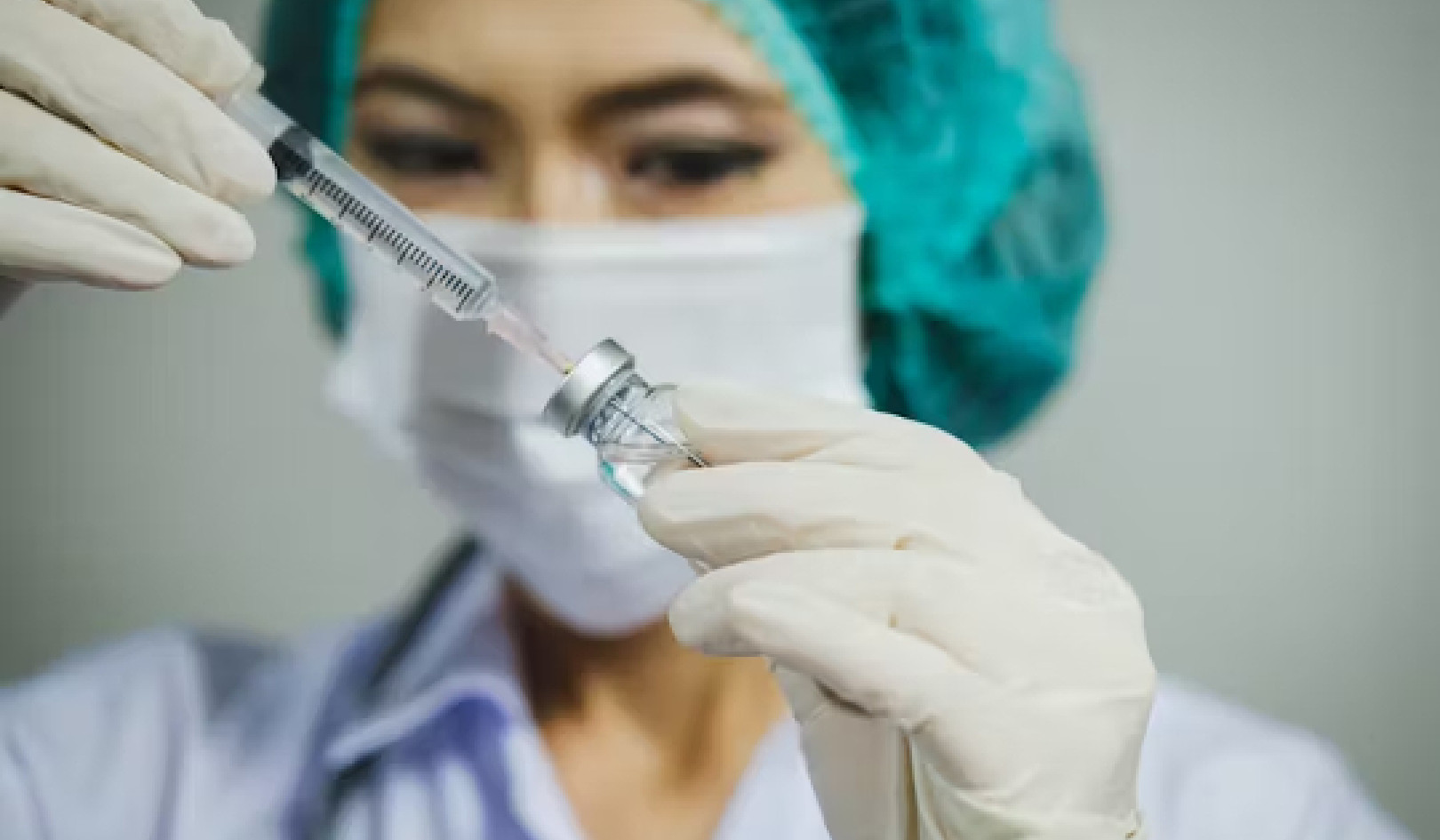
Google has teamed up with researchers at the University of Washington to create a contact lens that can measure blood glucose levels in a person’s tears and display the reading on their mobile phone. If this smart contact lens project is successful, people with diabetes may be able to stop drawing blood to measure their sugar levels.
Diabetes affects nearly 400m people worldwide. If left untreated, it can result in blindness, cardiovascular disease, nerve damage and, in severe cases, amputation of toes or feet. People with the disease must keep regular tabs on the amount of glucose in their blood – for many this often means doing daily blood tests themselves. A 2011 report projected that the global blood glucose test strips and meters market will reach US$21.5 billion by 2017.
Type I diabetes is the most common type of diabetes found in childhood and is a dangerous lifelong disorder. It occurs when the body’s own immune system destroys insulin-producing beta cells, leaving an individual without this vital hormone. The loss of the beta cells results in dramatic swings in blood glucose levels and therefore energy. Because type I diabetes primarily affects children and adolescents, disease management – including the daily finger pricks – must begin at an early age.
Many parents already know how difficult it can be to persuade their child to do anything uncomfortable or unpleasant, so imagine trying to convince a teenager to prick his or her finger several times a day to measure blood glucose, especially if he or she feels fine. The other commonly used device to control glucose levels, the insulin pump, is unpopular. Prone to contamination, which can cause severe infections, the pump is attached to the body via a catheter placed under the skin.
According to Google, the glucose-sensing contact lens will function similar to an electronic ID card used to gain access to a building. Like the card, the lens doesn’t contain its own power supply. Instead the circular antenna in the contact lens picks up the radio waves from a mobile to provide it with enough power to measure the glucose.
The technology in Google’s glucose lenses goes well beyond electronics – it contains enzymes and electrodes built into the materials used to make regular contact lenses. This combines advances made in biochemistry, electronics and material sciences during the past decades.
Where Others Have Failed?
Success of this new glucometer isn’t guaranteed. Methods to measure glucose without drawing blood have been a goal of many laboratories since the 1970s, most of which failed or did not reach the market. It is difficult to measure glucose by a non-invasive method because the glucose molecule resembles many other molecules in the body and a unique chemical or optical identifier for this simple sugar is not available.
Another attempt for a non-invasive method was the GlucoWatch, a device worn around a person’s wrist which pulled glucose readings out through the skin. But it had its problems. There were false-positive readings and the glucose-sensing electrodes in the device caused discomfort and pain. The watch is no longer available.
There is yet another challenge to developing a contact lens glucometer. Scientists have long known that tears contain glucose, but it may not accurately reflect blood glucose levels and can vary widely due to eye irritation or infection. Materials science may help solve this problem. By embedding a highly sensitive glucose sensor within contact lenses, regular measurements can be taken of glucose levels in tears. Over time it will be possible to compare this to the blood glucose levels and develop a way of using tears as an accurate measure of a person’s glucose levels.
If these biochemical problems can be solved, the future looks even more remarkable. Babak Parviz, one of the co-founders of the contact lens project, said they were also exploring integrating tiny LED lights that could light up in a “heads-up” display to serve as an early warning to wearers. Since this information would be sent to a mobile phone, it can be transmitted to parents or care givers if an individual’s blood glucose is at a dangerous level.
Improved control of blood glucose would provide health benefits to diabetics. The adverse health effects of diabetes are due to the cumulative effects of harmful glucose levels over long periods of time. Until biomedical research finds a way to replace beta cells, a glucose contact lens sounds like a promising idea.
![]() This article was originally published on The Conversation.
This article was originally published on The Conversation.
 About the Authors
About the Authors
Joseph R Lakowicz is a professor of Biochemistry and Molecular Biology at University of Maryland at Baltimore, School of Medicine. (Disclosure Statement: Joseph R Lakowicz has previously received funding from Juvenile Diabetes Research Foundation.)
 E. Albert Reece, MD, PhD, MBA, is the Vice President for Medical Affairs, University of Maryland; the John Z. and Akiko K. Bowers Distinguished Professor, and Dean of the School of Medicine. He is also professor in the departments of Obstetrics and Gynecology, Medicine, and Biochemistry & Molecular Biology. He is a member of the prestigious Institute of Medicine (IOM) of the National Academy of Sciences. (Disclosure Statement: E. Albert Reece does not work for, consult to, own shares in or receive funding from any company or organization that would benefit from this article, and has no relevant affiliations.)
E. Albert Reece, MD, PhD, MBA, is the Vice President for Medical Affairs, University of Maryland; the John Z. and Akiko K. Bowers Distinguished Professor, and Dean of the School of Medicine. He is also professor in the departments of Obstetrics and Gynecology, Medicine, and Biochemistry & Molecular Biology. He is a member of the prestigious Institute of Medicine (IOM) of the National Academy of Sciences. (Disclosure Statement: E. Albert Reece does not work for, consult to, own shares in or receive funding from any company or organization that would benefit from this article, and has no relevant affiliations.)
Recommended book:
Society, Ethics, and Technology, Update Edition
by Morton Winston and Ralph Edelbach.
 SOCIETY, ETHICS, AND TECHNOLOGY, Fourth Edition, stresses the latest technological innovations and how these advancements represent new ethical challenges and dilemmas for society as a whole. You gain a strong foundation in theory and applied ethics as you discover how to examine critically the social effects of technology surrounding your daily life. This timely anthology, filled with the latest readings from prominent scholars and leaders, focuses on the most current technology issues and ethical debates.
SOCIETY, ETHICS, AND TECHNOLOGY, Fourth Edition, stresses the latest technological innovations and how these advancements represent new ethical challenges and dilemmas for society as a whole. You gain a strong foundation in theory and applied ethics as you discover how to examine critically the social effects of technology surrounding your daily life. This timely anthology, filled with the latest readings from prominent scholars and leaders, focuses on the most current technology issues and ethical debates.
Click here for more info and/or to order this book on Amazon.






















